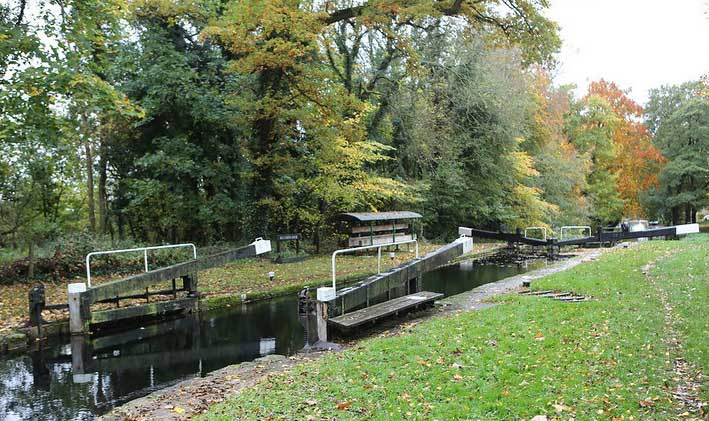We encourage visitors to use this archive to research any topics relating to the Stroudwater and Thames and Severn Canals that interest them. If you feel that your research would be useful to others we would like you to submit digital documents in the form of word processor files, spreadsheets, etc for our volunteer editors at archives@stroudwaterhistory.org.uk to consider for inclusion in the website.
Benefits to the researcher:
Benefits to the public:
Conclusion
There are many ways researcher can communicate more directly with the public. These include writing a personal blog, updating their association or personal website to be less technical and more accessible, popular history forums and message boards.
from an article by Peter J Stogios


Chris Shaw of the Gloucestershire Wildlife Trust has produced a survey of the 1426 trees on the Stroudwater and Thames & Severn Canals that the Cotswold Canals Trust are managing. Tree types and locations are identified in his database. For managed trees there are links to photos of the trees. You can view the main database here. A summary of tree types and the frequency of their occurrence can be found here. You can view Chris's Cotswold Diary here, and follow the 2024 resurvey of the trees here.